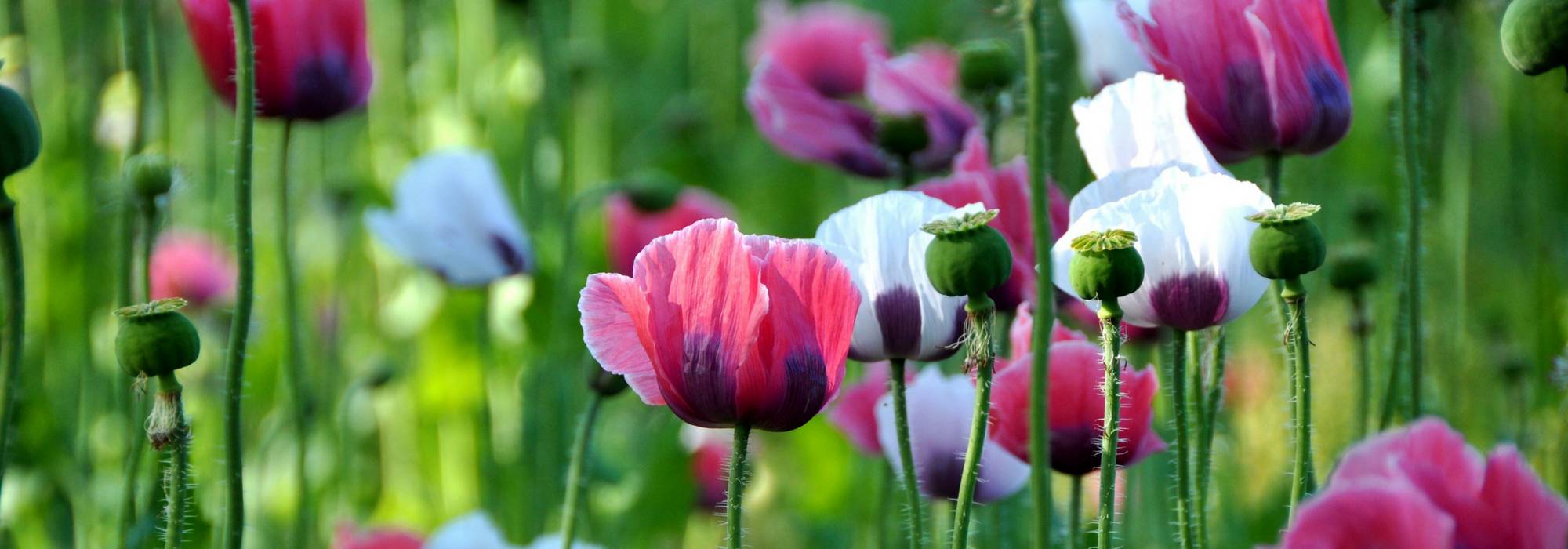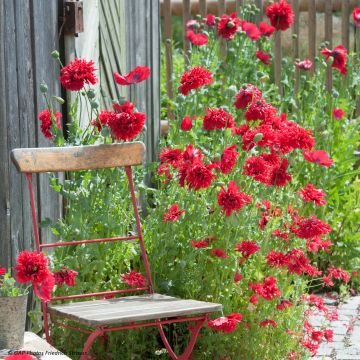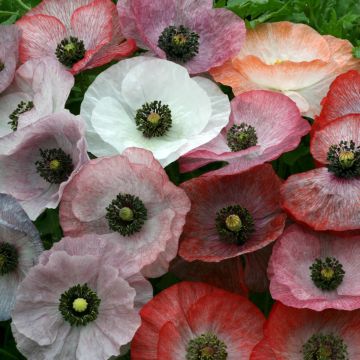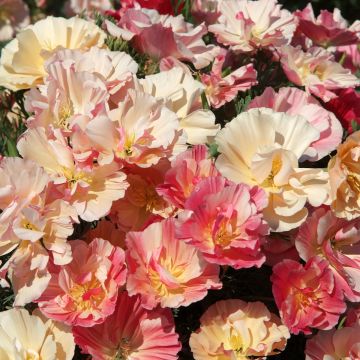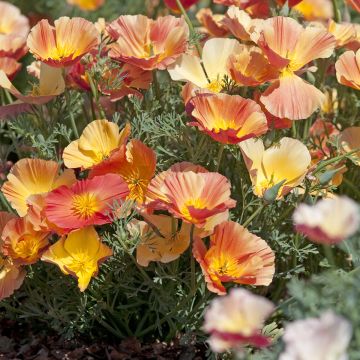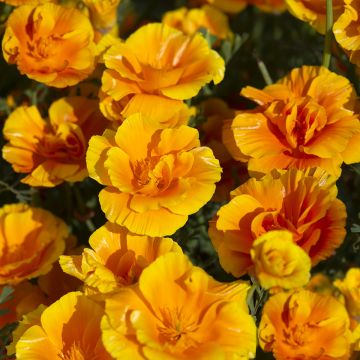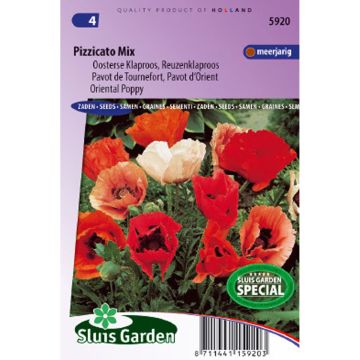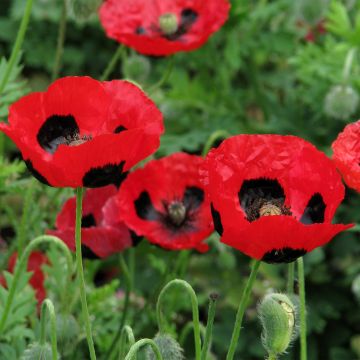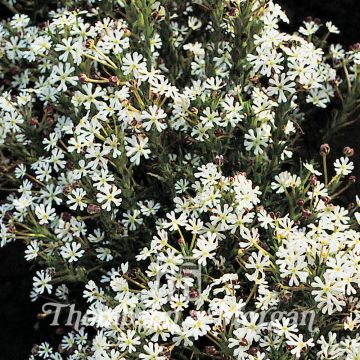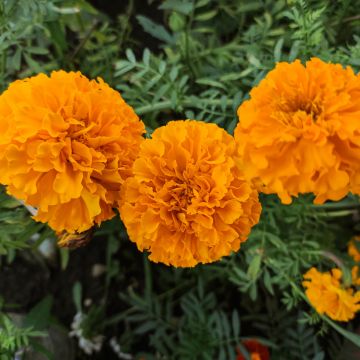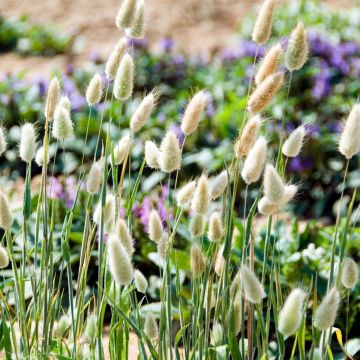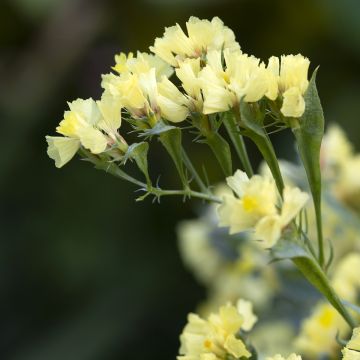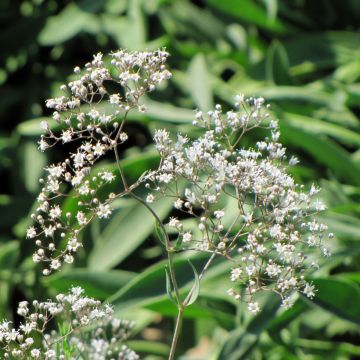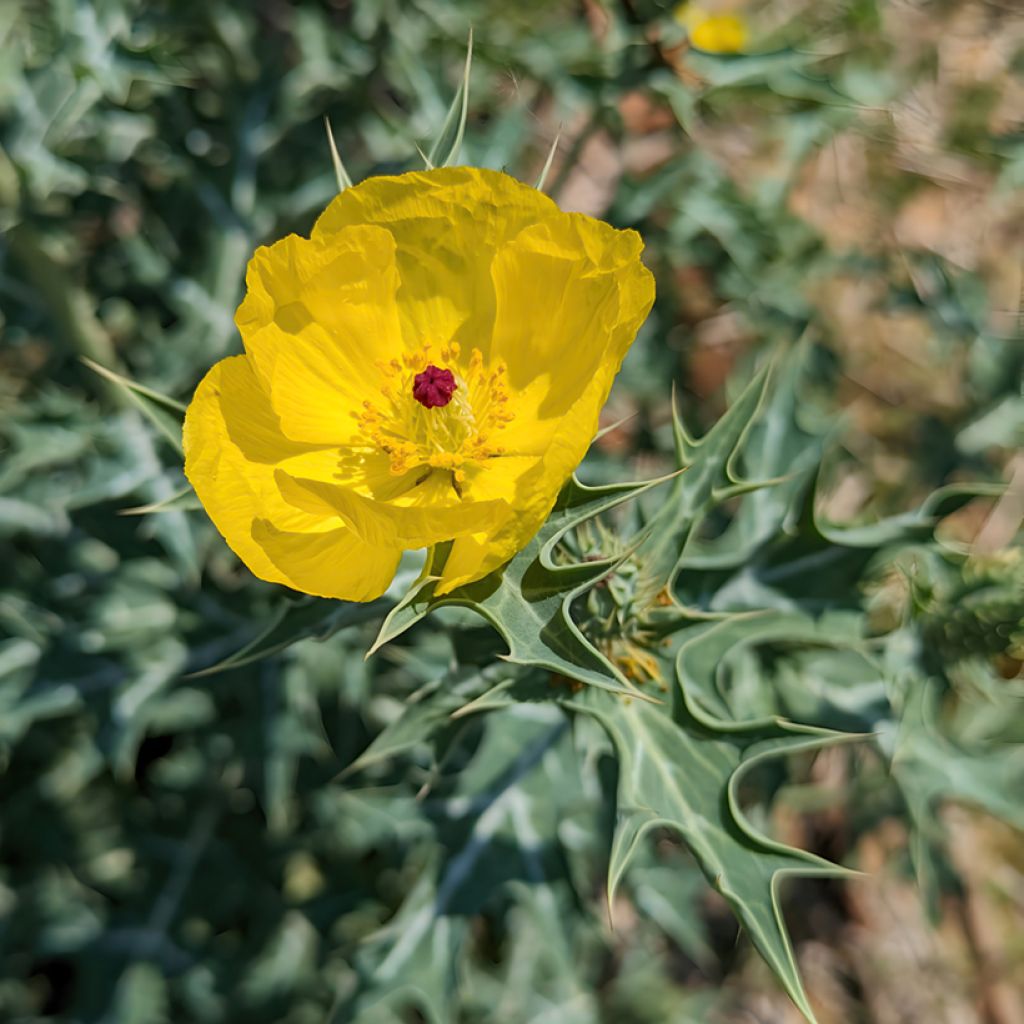

Dicranostigma franchetianum - Eastern Horned Poppy seeds
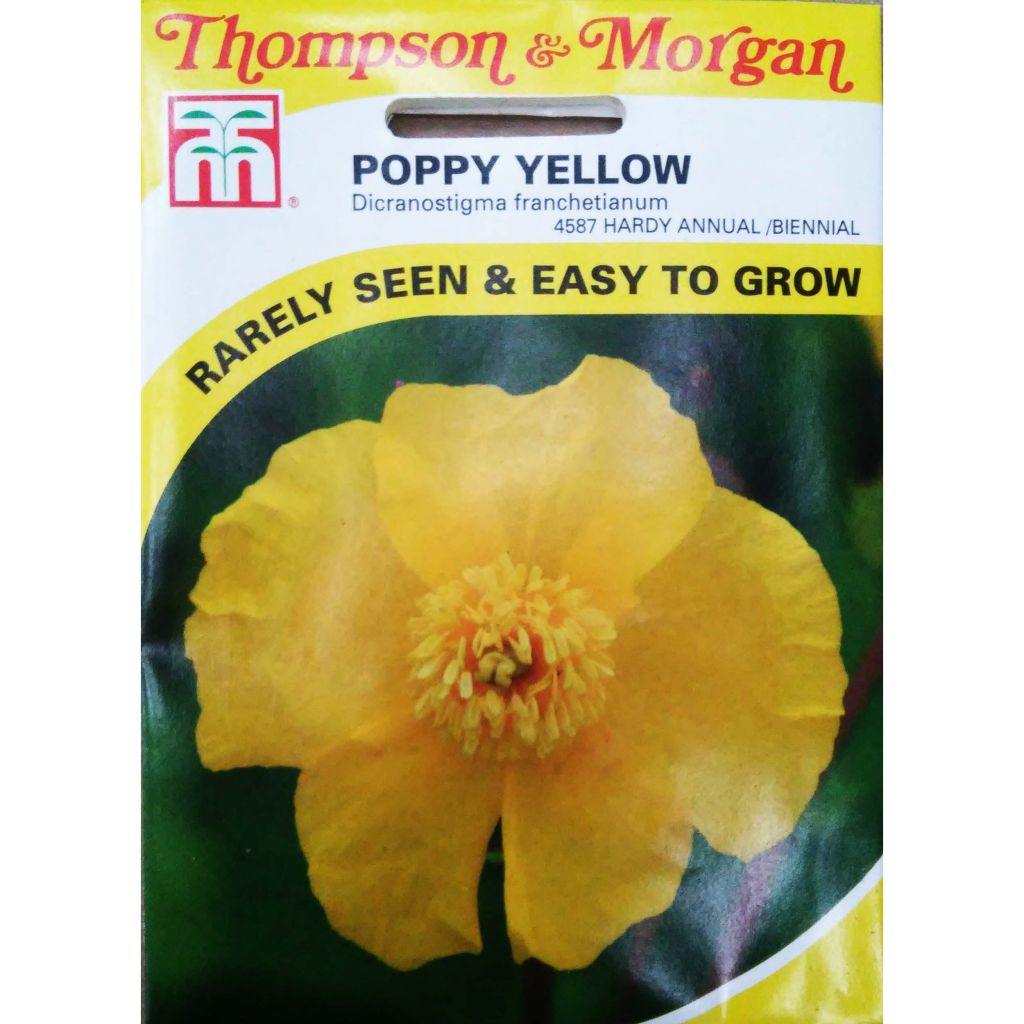

Dicranostigma franchetianum - Eastern Horned Poppy seeds
Dicranostigma franchetianum - Eastern Horned Poppy seeds
Dicranostigma franchetianum
Eastern Horned Poppy, Yellow poppy
Special offer!
Receive a €20 voucher for any order over €90 (excluding delivery costs, credit notes, and plastic-free options)!
1- Add your favorite plants to your cart.
2- Once you have reached €90, confirm your order (you can even choose the delivery date!).
3- As soon as your order is shipped, you will receive an email containing your voucher code, valid for 3 months (90 days).
Your voucher is unique and can only be used once, for any order with a minimum value of €20, excluding delivery costs.
Can be combined with other current offers, non-divisible and non-refundable.
Home or relay delivery (depending on size and destination)
Schedule delivery date,
and select date in basket
This plant carries a 6 months recovery warranty
More information
We guarantee the quality of our plants for a full growing cycle, and will replace at our expense any plant that fails to recover under normal climatic and planting conditions.
Would this plant suit my garden?
Set up your Plantfit profile →
Description
Dicranostigma franchetianum is an annual or biennial plant which is rare in the horticultural trade. Related to poppies and Glaucium, it is sometimes called Yellow Poppy because of the appearance of its flowers, which are simple cups of bright yellow. They bloom during a long summer period, on branching stems emerging from beautiful foliage cut into wavy, slightly glaucous green lobes. Native to the Himalayas and China, this curious poppy prefers partial shade and light soils that remain moist, where it naturalises quite easily.
There is some confusion among botanists regarding the species Dicranostigma franchetianum, first described in 1993, due to some morphological variability. Some consider it to be the same as Dicranostigma leptopodum, which has much less significant development. It is also known as Chelidonium franchetianum. It is a herbaceous annual to biennial plant belonging to the papaveraceae family. It can be found in the Chinese provinces of Gansu, Hebei, Henan, Qinghai, Shaanxi, Sichuan, and Yunnan, growing on grassy slopes, along roadsides and fields, in wall angles and rocky embankments, up to an altitude of 2900 m (9514ft). It has low soil requirements, as long as it has some moisture and good drainage.
This fast-growing, yellow poppy reaches a height of about 60 cm (24in) in flower and 30 cm (12in) in width in a single season. This plant forms an upright clump composed of a rosette of basal leaves from which slightly leafy stems emerge. The basal leaves are large, 8 to 20 cm (3 to 8in) (or even 30 cm (12in)) long. The stem leaves are smaller, sheathing at the base. This foliage is cut into roughly toothed, bluish-green, slightly hairy lobes, with a satin-like appearance. Flowering occurs in summer, from June-July to September-October, depending on the climate and sowing date. The open cup-shaped flowers, measuring 5 cm (2in), have four silky, slightly crumpled petals in a pure and fresh lemon yellow. The centre is adorned with numerous yellow stamens and anthers. The flowers are solitary or grouped in 2 to 5 on branched stems. The flowers are followed by thin oblong and linear fruits, 4 to 7.5 cm (2 to 3in) long and 2 mm (0in) wide, containing a large number of seeds that will be dispersed by the wind.
At home in wild gardens, cottage gardens, and neglected gardens, poppies allow for the quick and effortless creation of oceans of infinitely bright flowers, moving in their simplicity and in perfect harmony with the summer light. This one prefers the moist atmosphere of a light woodland, but will also like full sun if the soil remains moist. The flowers of this yellow poppy are charming accompanied by Fatsia, Brunnera, or Corydalis in partial shade, as well as all kinds of wild perennials in sunny borders and beds. This annual plant, like cosmos, is unrivalled in its ability to cover embankments around new constructions, open spaces between annuals or late-flowering tall perennials such as helianthus, grasses, daisies, heleniums, or asters. It naturalises quite easily by self-seeding, sometimes in unexpected places.
Flowering
Foliage
Plant habit
Botanical data
Dicranostigma
franchetianum
Papaveraceae
Eastern Horned Poppy, Yellow poppy
Cultivar or hybrid
Other Poppy seeds
View all →Planting and care
Sow Dicranostigma from March to May or in September if you are growing it as a biennial. Sow the seeds very thinly in shallow channels 30 cm (12in) apart, in well-prepared soil, free from weeds and finely raked. After germination, when the young plants are developed enough to be handled, thin out the seedlings so that there is only one plant every 30 cm (12in).
You can sow directly in the ground in late summer in mild regions, or 7.5 cm (3in) pots protected from the cold if winters are harsh in your area. Plant your young plants in the ground in the following spring, after the last frosts, with a 30 cm (12in) space between each poppy.
Cultivation: Dicranostigma prefers partial shade, but tolerates full sun if the soil remains moist. It likes well-drained, light soil, rich in sand and/or humus that does not dry out. It will thrive in slightly acidic, neutral, or even slightly alkaline soil.
Sowing period
Intended location
Planting & care advice
This item has not been reviewed yet - be the first to leave a review about it.
Similar products
Haven't found what you were looking for?
Hardiness is the lowest winter temperature a plant can endure without suffering serious damage or even dying. However, hardiness is affected by location (a sheltered area, such as a patio), protection (winter cover) and soil type (hardiness is improved by well-drained soil).

Photo Sharing Terms & Conditions
In order to encourage gardeners to interact and share their experiences, Promesse de fleurs offers various media enabling content to be uploaded onto its Site - in particular via the ‘Photo sharing’ module.
The User agrees to refrain from:
- Posting any content that is illegal, prejudicial, insulting, racist, inciteful to hatred, revisionist, contrary to public decency, that infringes on privacy or on the privacy rights of third parties, in particular the publicity rights of persons and goods, intellectual property rights, or the right to privacy.
- Submitting content on behalf of a third party;
- Impersonate the identity of a third party and/or publish any personal information about a third party;
In general, the User undertakes to refrain from any unethical behaviour.
All Content (in particular text, comments, files, images, photos, videos, creative works, etc.), which may be subject to property or intellectual property rights, image or other private rights, shall remain the property of the User, subject to the limited rights granted by the terms of the licence granted by Promesse de fleurs as stated below. Users are at liberty to publish or not to publish such Content on the Site, notably via the ‘Photo Sharing’ facility, and accept that this Content shall be made public and freely accessible, notably on the Internet.
Users further acknowledge, undertake to have ,and guarantee that they hold all necessary rights and permissions to publish such material on the Site, in particular with regard to the legislation in force pertaining to any privacy, property, intellectual property, image, or contractual rights, or rights of any other nature. By publishing such Content on the Site, Users acknowledge accepting full liability as publishers of the Content within the meaning of the law, and grant Promesse de fleurs, free of charge, an inclusive, worldwide licence for the said Content for the entire duration of its publication, including all reproduction, representation, up/downloading, displaying, performing, transmission, and storage rights.
Users also grant permission for their name to be linked to the Content and accept that this link may not always be made available.
By engaging in posting material, Users consent to their Content becoming automatically accessible on the Internet, in particular on other sites and/or blogs and/or web pages of the Promesse de fleurs site, including in particular social pages and the Promesse de fleurs catalogue.
Users may secure the removal of entrusted content free of charge by issuing a simple request via our contact form.
The flowering period indicated on our website applies to countries and regions located in USDA zone 8 (France, the United Kingdom, Ireland, the Netherlands, etc.)
It will vary according to where you live:
- In zones 9 to 10 (Italy, Spain, Greece, etc.), flowering will occur about 2 to 4 weeks earlier.
- In zones 6 to 7 (Germany, Poland, Slovenia, and lower mountainous regions), flowering will be delayed by 2 to 3 weeks.
- In zone 5 (Central Europe, Scandinavia), blooming will be delayed by 3 to 5 weeks.
In temperate climates, pruning of spring-flowering shrubs (forsythia, spireas, etc.) should be done just after flowering.
Pruning of summer-flowering shrubs (Indian Lilac, Perovskia, etc.) can be done in winter or spring.
In cold regions as well as with frost-sensitive plants, avoid pruning too early when severe frosts may still occur.
The planting period indicated on our website applies to countries and regions located in USDA zone 8 (France, United Kingdom, Ireland, Netherlands).
It will vary according to where you live:
- In Mediterranean zones (Marseille, Madrid, Milan, etc.), autumn and winter are the best planting periods.
- In continental zones (Strasbourg, Munich, Vienna, etc.), delay planting by 2 to 3 weeks in spring and bring it forward by 2 to 4 weeks in autumn.
- In mountainous regions (the Alps, Pyrenees, Carpathians, etc.), it is best to plant in late spring (May-June) or late summer (August-September).
The harvesting period indicated on our website applies to countries and regions in USDA zone 8 (France, England, Ireland, the Netherlands).
In colder areas (Scandinavia, Poland, Austria...) fruit and vegetable harvests are likely to be delayed by 3-4 weeks.
In warmer areas (Italy, Spain, Greece, etc.), harvesting will probably take place earlier, depending on weather conditions.
The sowing periods indicated on our website apply to countries and regions within USDA Zone 8 (France, UK, Ireland, Netherlands).
In colder areas (Scandinavia, Poland, Austria...), delay any outdoor sowing by 3-4 weeks, or sow under glass.
In warmer climes (Italy, Spain, Greece, etc.), bring outdoor sowing forward by a few weeks.






























